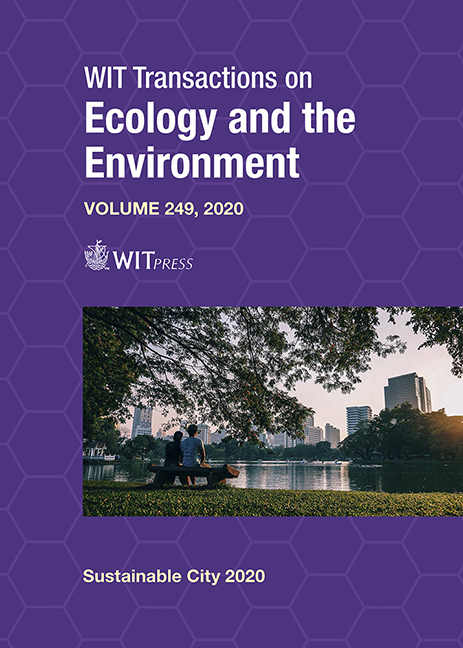RECONSTRUCTION STRATEGIES FOR SWMM-BASED CAMPUS LANDSCAPE STORMWATER MANAGEMENT
Price
Free (open access)
Transaction
Volume
249
Pages
11
Page Range
351 - 361
Published
2020
Paper DOI
10.2495/SC200291
Copyright
WIT Press
Author(s)
ZEXIN LEI, JUNJIE LUO, LEI CAO
Abstract
Applying green stormwater infrastructure (GSI) to Tianjin University campus landscaping can not only reduce the negative impact of water runoff, but also improve the landscape environment for students. The campus also faces the risk of flooding, like other parts of the city of Tianjin, China. Different GSI layouts may be able to change the effective impervious area (EIA) without changing the total impervious area. Therefore, a reasonable GSI layout is critical for the efficiency of rainwater and flood management. Taking the Youth Lake area of Tianjin University as our research object, we set three scenarios separately, based on the storm water management model (SWMM), so the EIA area decreases thanks to an optimized GSI layout. Runoff and concentration models of scenarios under different rainstorm return periods were established by combining geographic information system with SWMM. Based on runoff analyses, peak discharge, peak times and the hydrological response of various drainage outlets in the diverse scenarios, we found that runoff can be reduced over 20% by only using GSI of 10 cm depth sunken green space and permeable pavement. If linear measurement of GSI such as a planting ditch, blind pipe and drainage pipe continue to be used to connect the impervious area with surrounding green space, the hydrological response will be further weakened, especially when the linear GSI is not placed parallel to the runoff direction. The same results as found by other studies leads us to conclude that following rainstorm events, upgrading weakens GSI control ability, even though GSI layout optimization was completed. We proved the key optimization strategy for GSI layout is intervention regarding runoff direction. Although campus needs a large concentrated hardened area to meet needs of students’ daily activities; selection of GSI suitable for shape and location, especially using linear measures, can reduce EIA, accelerating the runoff attenuation process and reducing the campus flood risk.
Keywords
campus landscape reconstruction, green stormwater infrastructure (GSI), layout optimization, effective impervious area (EIA), hydrological response, storm water management model (SWMM)





